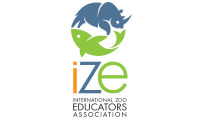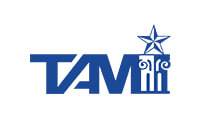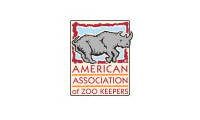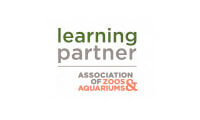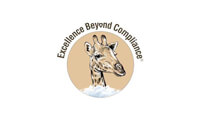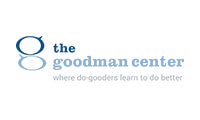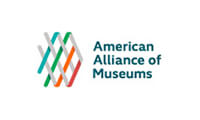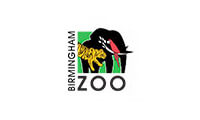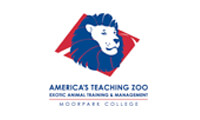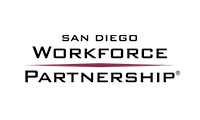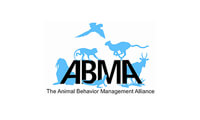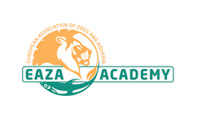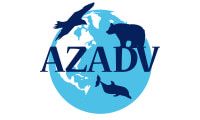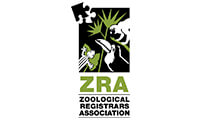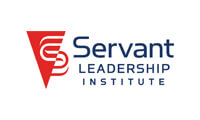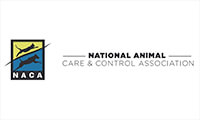Seeing the Whole Person: It's Time We Get Our Heads Out of the Sand
By Don Janssen, DVM
 My team and I were driving our veterinary truck in the South Africa field enclosure at the Safari Park one morning. We were on our way to anesthetize a springbok that was going to be transported to another institution. On the way through the exhibit, we encountered a male ostrich in a full courtship display. We stopped to watch. He dropped to the ground, opened his wings, shook each one alternately, swayed his head, and otherwise looked rather foolish. We couldn't help but shake our heads and laugh. One of the students with us remarked, "They sure aren't the smartest animal around." No one could disagree, and we'd all heard it said before about ostriches. Still, I couldn't help thinking it was an unfair judgment about this bird. So, I said, "Apparently, ostriches are as smart as they need to be because they are well suited for what they do." The ostrich is a successful species because of its strengths, including size and speed—and possibly even its courtship display.
My team and I were driving our veterinary truck in the South Africa field enclosure at the Safari Park one morning. We were on our way to anesthetize a springbok that was going to be transported to another institution. On the way through the exhibit, we encountered a male ostrich in a full courtship display. We stopped to watch. He dropped to the ground, opened his wings, shook each one alternately, swayed his head, and otherwise looked rather foolish. We couldn't help but shake our heads and laugh. One of the students with us remarked, "They sure aren't the smartest animal around." No one could disagree, and we'd all heard it said before about ostriches. Still, I couldn't help thinking it was an unfair judgment about this bird. So, I said, "Apparently, ostriches are as smart as they need to be because they are well suited for what they do." The ostrich is a successful species because of its strengths, including size and speed—and possibly even its courtship display.
Perhaps a comment about an ostrich's intelligence is harmless, but it points to an everyday error leaders make as we try to develop our team's leadership skills. We naturally notice our staff's weaknesses, and we often focus on fixing them while ignoring their strengths.
It's common to compare our strengths to those of others. With the ostrich, it was easy to choose intelligence—presumably a strength found in humans—as a standard by which to judge while disregarding the bird's more robust attributes. This unfair comparison is a type of cognitive bias that happens when relating others' weaknesses to our strengths. Then, we classify their behaviors as character flaws (e.g., ostrich intelligence) while we excuse our shortcomings (e.g., size and speed) as being due to circumstances beyond our control. In other words, we tend to give ourselves a break while holding others fully accountable for their actions.
This type of bias is a trap we can fall into without even noticing. Nevertheless, it is the root of many conflicts. It can break down team trust and damage organizational culture. It steals opportunities to get to know people for who they are.
When a person rubs you the wrong way, be on the alert for this bias in yourself. Here are ways to dodge this error and to see people holistically.
- Examine yourself. What's motivating you? Do you want to add value to that person, or have your biases trapped you into comparing their weakness to your strengths? This self-examination requires deep humility and a desire to see others succeed.
- Balance your viewpoint. Judging people based on a single character trait is a shortcut and a head-in-the-sand approach. We use shortcuts and overlook evidence to simplify our lives and quicken our decisions. But in the context of working with people, it's a bad practice that doesn't work. Instead, abandon old assumptions and seek first to understand the person. Be curious and ask questions until you have a balanced understanding of the person and circumstances.
- Practice empathy. Take time to understand better the situational factors that might have led to a person's behavior. Doing so helps you become more objective in your assessments and more willing to view someone as a whole person. The more often you can put this into practice, the more people will trust you with information about themselves.
- Choose gratitude first over criticism. When you become critical of some trait in a person, counter that with a list of positive qualities they also exhibit. Then, be as grateful for those attributes as you are critical about the other.
- Embrace team diversity. Diversity is about differences among people. We tend to avoid differences. But when it comes to building a team, differences and diversity are your friends. As explained in a previous article, diversity is the source of strength and unity in groups. So, instead of concentrating on people's weaknesses, acknowledge your staff members' strengths and see them as complementary to others. After all, the reason for having a team is to meld strengths so that you can be stronger together than apart.
Learning about the circumstances in the lives of those around us takes time and may seem intrusive. Most of us, though, feel valued when someone is willing to listen to our story. As leaders, we can develop more profound and more complete relationships with our staff by seeking to connect with them and hearing their stories. Furthermore, seeing the whole person may be the only way to tame our biases, foster justice, and promote a healthy workplace.
Do you have someone in mind who troubles you? What one thing can you do today to begin to understand them as a whole person? What are the likely risks of doing so? What are the possible benefits?
Adapted from the book Upside-Down Leadership: A Zoo Veterinarian's Journey to Becoming a Servant Leader.
Please send comments or questions to don.janssen@gmail.com.
Don Janssen, DVM, is a veterinarian and retired corporate director of animal health for San Diego Zoo Wildlife Alliance. He is the author of Upside-Down Leadership: A Zoo Veterinarian's Journey to Becoming a Servant Leader. You can find more information about the book here.


